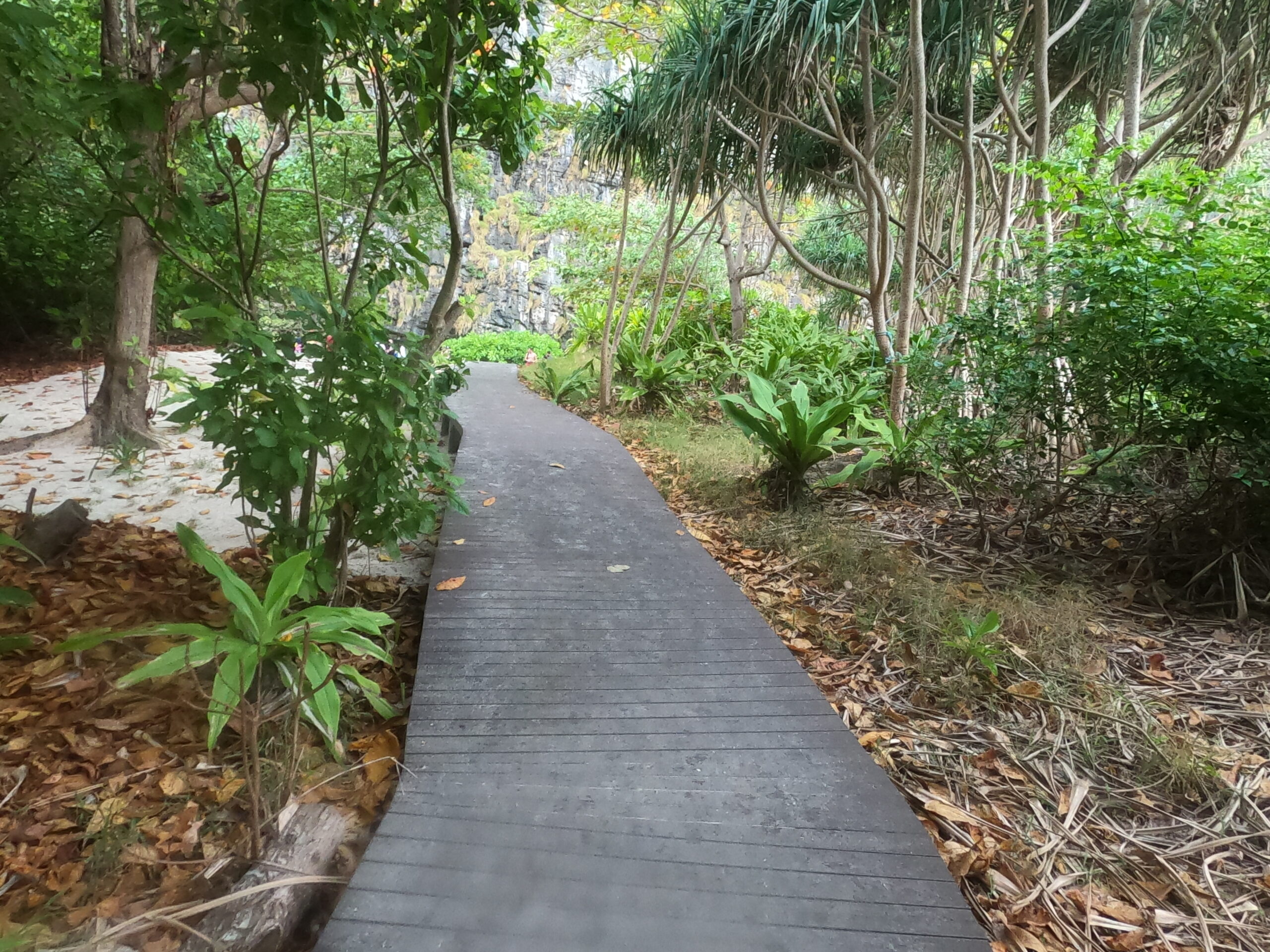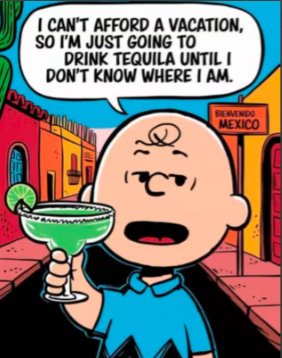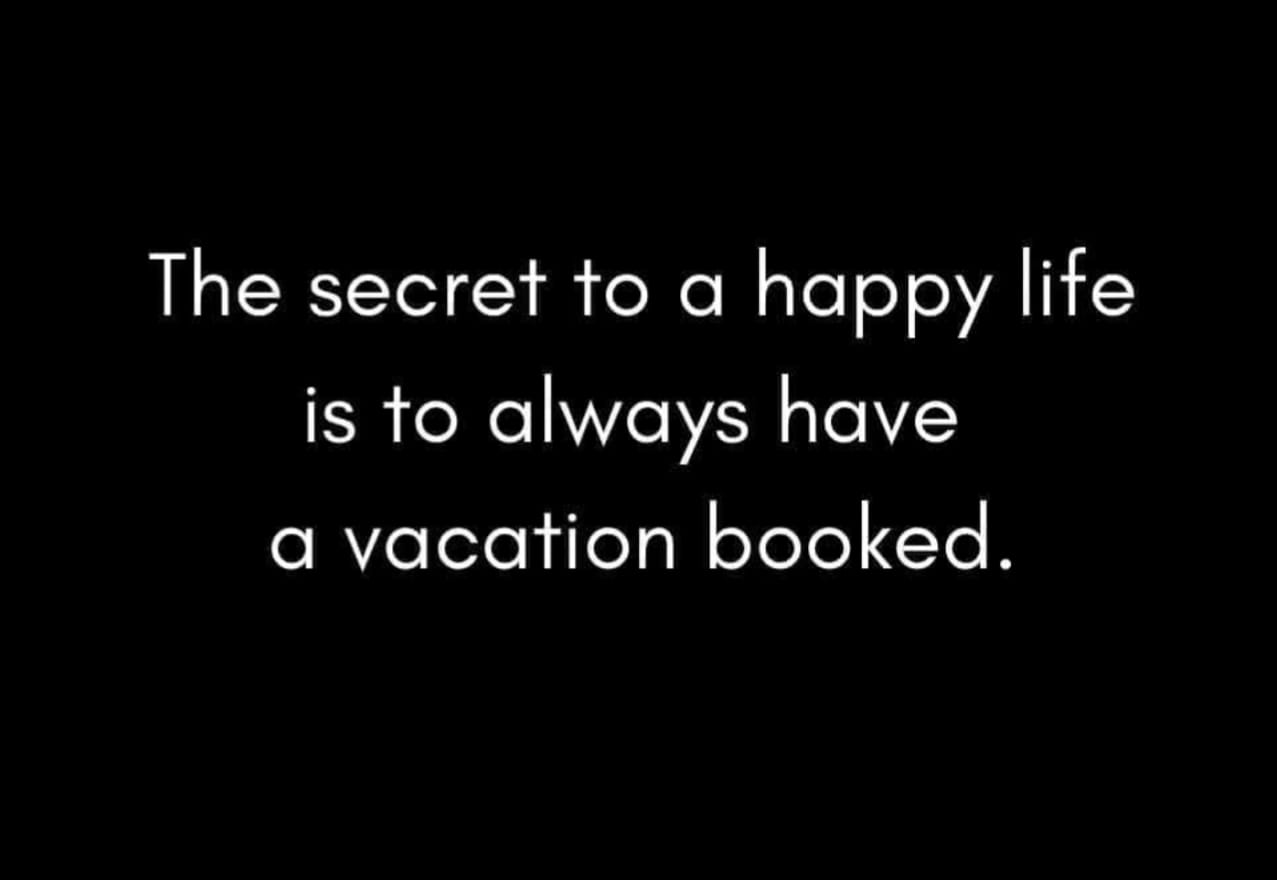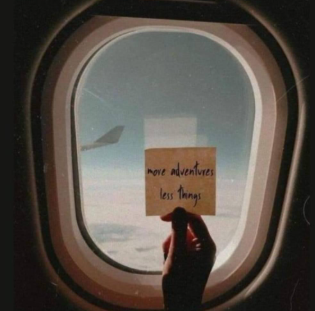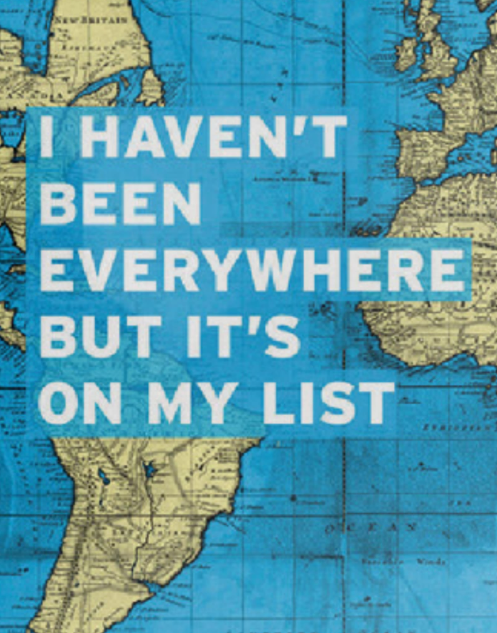As part of my posts, I plan to share articles that meet the same agenda as NorthAmericanDarrell.com
The below professionally written article nails facts that Airbnb not only saves money, it also is a lot more comfortable.
Personally, I ensure my Airbnb has everything guests need including their favorite nightcap and a bottle of Baily’s to get their day started. If something goes wrong, I send a gift certificate to a local Mexican restaurant to compensate with a couple of Margaritas. I currently have all five-star reviews across the board which is great for repeat customers and advertising.
Below is an article that clearly explains the reason to choose Airbnb for your stay.
Michelle Mastro covers lifestyle, travel, architecture, and culture.
I usually avoid hotel chains, but staying at a Four Seasons completely changed my tune©Joey Hadden/Business Insider
- I stayed at the Four Seasons in Jackson Hole and felt like I was in a luxury mountain lodge.
- With 133 locations, the hotel chain ensures each site reflects its destination.
- Take a look around the luxury ski resort reminiscent of the American West.
When I stay in a hotel, I don’t want a bland room, or a lobby decorated like countless others across the country. I don’t want to feel like I could be anywhere in the world. I want my accommodation to reflect my destination.
That’s why I typically book boutique hotels with character, whether it’s a 1930s adobe inn in Arizona or the Versace Mansion towering over South Beach, Miami. But on a recent trip to Jackson Hole, Wyoming, I decided to try a Four Seasons for the first time.
It’s not just any hotel chain. The 63-year-old company, with 133 locations worldwide, is known for its luxurious vibe. US News ranked the Jackson Hole location the best hotel in Wyoming. During my one-night stay, the lodge reminded me I was in Jackson Hole at every turn.
Kim Cole, the director of public relations for the Four Seasons, told Business Insider that while guests can expect the same high level of service across locations, each hotel is different. “There’s a sense of place at every Four Seasons,” she said. Each is designed to suit the destination — making every location unique.
When Mike Kelly set up his first few Airbnbs in Fort Wayne, Indiana, in 2023, he figured it would be a successful move. It was meant to be an investment project for him and his daughter to work on together. But as more people moved away from bustling and expensive urban centers and landed in the Midwest, their hopes were quickly shattered.
The Fort Wayne housing market boomed. High demand for homes, coupled with the city’s low housing stock, has kept costs relatively high — a Redfin analysis of housing data found home prices were up 9.2% in October compared with last year. The hot housing market has translated into higher property taxes, which is throwing off the short-term-rental business model. “The houses we purchased to turn into Airbnbs have been assessed so much higher than what we put into them that we almost can’t afford to keep them,” Kelly said. “The return on equity wouldn’t be as high.”
Owners of short-term rentals across the country have faced a similar reality, sharing stories of declining revenues over the past few years as the market was flooded with new rentals. AirDNA, an analytics firm that tracks the short-term-rental market, found that revenue per rental decreased by nearly 2% in 2022 and by more than 8% in 2023 due to an overabundance of units available for rent. AirDNA forecast that revenues would move back into the green in 2024 as the market corrected. But as short-term-rental owners felt signs of an “Airbnbust,” some realized they needed to pivot.
On one end of the market, however, it’s a different picture. While overall demand for short-term rentals rose just 1.8% in 2023, according to AirDNA’s data, demand for stays priced at $1,000 or more increased by nearly 8%. For stays over $1,500, demand jumped 12.5%. In fact, demand for rentals costing over $1,000 a night has increased by 73% since 2019. While cheaper rentals are slowing down, luxury, niche, and themed stays are filling their place. Wealthy vacationers are increasingly going after luxe properties such as a secluded Malibu beach mansion or a modern cabin beset by pristine woods — like something off Cabin Porn. Meanwhile, Airbnb alternatives are jumping into the market to cater to the growing demand. A lust for luxury is propelling the short-term-rental market to new heights.
Over the past few years, more travelers have pushed back against the Airbnb model, complaining of outrageous cleaning fees, extensive cleanup requirements, and outright scams. As a result, some travelers have opted to stay in good old-fashioned hotels thanks to their consistent service.
These complaints, however, tend to focus on rentals on the low end of the market — the $200-a-night stay you might book to visit a family member or get out of town for a weekend. The luxury end of the rental market fills a different role. These spots boast plenty of hotellike amenities — such as contactless check-in, high-speed internet, bathroom toiletries, and coffee makers. Because of the high price point, luxury rentals also tend to standardize their cleaning services. Unlike a hotel room, though, a house or apartment comes with a lot more room to host guests, plus amenities such as a kitchen or private pool. When split between multiple guests for a night or weekend, some of the eye-popping price tags end up being surprisingly affordable.
Among high-income travelers, who made up an increasingly large share of vacationers this year, hotels are on the way out. Deloitte’s 2024 summer-travel report found a 17-point drop in people who earn over $200,000 opting to stay at full-service hotels compared with the summer before. While middle-income travelers moved toward budget accommodations like bed and breakfasts and RV rentals, high earners shifted toward private-home rentals.
One brand capitalizing on the growing demand is Wander. Launched in 2022, Wander owns all of its 200 properties, each beautifully designed with stunning landscaping. Its founder and CEO, John Andrew Entwistle, had the idea of making a vacation rental feel like a luxury hospitality brand after a disastrous ordeal renting a cabin in Colorado. “The whole experience felt broken, the type of thing all of us has had at a vacation rental one time or another: The place didn’t look like the photos. The beds were uncomfortable. The list goes on and on,” he said.
He wanted a rental home with heart and soul, where the building was designed around the landscape and high-speed internet flowed across the house. Wander rentals are often in remote spots to give guests a sense of privacy and quiet. The cleaning service is standardized so guests don’t have to worry about cleaning up after themselves, and customers can check in on their own through their smartphones. Every unit, which costs an average of $900 a night, also features sleek workstations for digital nomads.
Other travel brands have found similar success in the luxury market. There’s Mint House, a cross between a hotel and short-term rental that has 12 properties across 10 major US cities. Visitor experiences are personalized — for instance, guests can request that the refrigerator be stocked with their favorite groceries before they arrive — and there’s 24/7 customer care. The apartments, which can be studios or have multiple bedrooms, are priced similarly to hotels and feature bespoke furniture and decor, along with all the necessities of modern accommodations. To explain the brand’s success, Christian Lee, the CEO of Mint House, pointed to the company’s ability to provide consistent experiences. “Unlike other short-term listings that lack security and guest care and often require a guest to perform chores at checkout, all of our properties are professionally managed to ensure the utmost safety, security, and cleanliness,” he said.
The luxuriousness only goes up from there. Rental Escapes, a full-service luxury-villa-rental company founded in 2012, offers over 5,000 villas in more than 70 destinations worldwide. They start at $500 a night — though most go for tens of thousands. Amase Stays, a collection of $10 million rental estates founded this year, creates bespoke experiences for its top-of-the-line properties, with dedicated concierges who can arrange everything from private chefs and spa services to customized excursions.
Chris Lema, a business coach and product strategist, is a Wander superfan. “These are places that are architecturally beautiful, and the land that they sit on feels like a national park,” he said. He likes that the company provides attainable luxury — he’s stayed in 13 different Wander locations and hopes to “collect them all,” he said. He has even started planning trips around Wander rentals.
“I thought this is where Airbnb was going to go with its business model,” he said. “If you go to Airbnb’s website now, they have these different categories like ‘amazing views’ or ‘lakefront.’ But none of these rentals push forward on the issue of experience. There’s the Luxe category — but it’s not the same thing.”
In Airbnb’s Luxe category, homes might cost anywhere between $200 and hundreds of thousands of dollars a night. When the category launched in 2019, an Airbnb press release said the homes would have to pass a slate of design and experience criteria, including higher standards for cleanliness and amenities like towels and toiletries. Unlike at other Airbnb properties, a company representative has to walk through Luxe properties to verify them. Despite that, Lema hasn’t been impressed.
“They seem to rank Luxe based on the niceness of the residence,” Lema said, “but that isn’t really the point of what that kind of experience should be.”
An Airbnb spokesperson said, “We’re proud to be the only travel platform that offers stays for nearly any desired travel experience.” They added: “We’re also proud of the growth of our Luxe category supply and look forward to expanding the offering.”
So far, Wander’s model is working out. It launched with only three locations, and two years later, it has 200 houses and an average occupancy rate of 80%, Entwistle said. By the beginning of 2025, Entwistle hopes to launch locations in Mexico and Canada.
Back in Fort Wayne, Kelly ended up pivoting his Airbnb business to cater to this demand for luxury. “We focus on four-bedroom-plus homes where groups can gather for weddings or reunions,” he said. Houses with pools and hot tubs are especially desirable, he’s found. Kelly has also amassed a thriving collection of themed Airbnbs. He designed one house to look like the childhood home of the fictional character Fawn Liebowitz from the cult classic film “Animal House.” He’s working on another rental themed around Indiana University sports teams.
“At the end of the day, the ‘luxury’ houses are more affordable than staying in multiple hotel rooms,” he said. Plus, offering something unique, like a theme, helps homes stand out from the crowd. With the new focus, Kelly’s Airbnbs are rarely empty, he said.
Travelers are increasingly wising up to the fact that time — and where, how, and with whom you spend it — is the greatest luxury.
Part of the shifting demand stems from people viewing luxury rentals as a destination unto themselves — if the place you’re staying is cool enough, you don’t need to get out much. Others are drawn to them as a means to get away from the hubbub. “In today’s globalized world, travel destinations have become more and more homogenous and tourist-burdened,” Spencer Bailey, the editor of the new book “Design: The Leading Hotels of the World,” said. “People are seeking out distinctive experiences away from the crowds and searching for a certain sense of intimacy, craft, and care.” It’s not just about top-rate service, intricate design, or even a Michelin-starred restaurant. “It’s about being in nature, engaging in local culture, and creating discrete, felt experiences that encourage quietness and slowness, not an Instagram moment,” Bailey says.
A private rental is often more secluded, meaning travelers can prioritize spending more time alone with their loved ones. “Travelers are increasingly wising up to the fact that time — and where, how, and with whom you spend it — is the greatest luxury,” he said. Michelle Steinhardt, the founder of the luxury travel blog The Trav Nav, wrote about her recent stay at a secluded beachfront property rental in Punta Mita, Mexico: “Even though we were only a few minutes from the local town, our party felt like everyone else was miles away.”
Increasingly, getting away from home isn’t enough. We also want to get away from other people. For those who can afford it — or have enough friends — luxury-travel companies are more than happy to accommodate.
Michelle Mastro covers lifestyle, travel, architecture, and culture.





